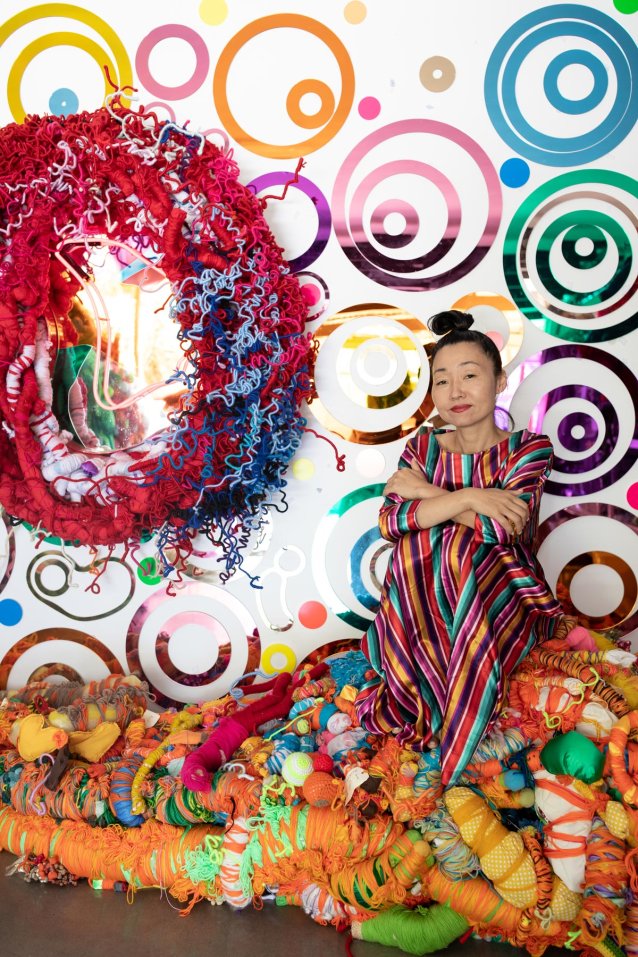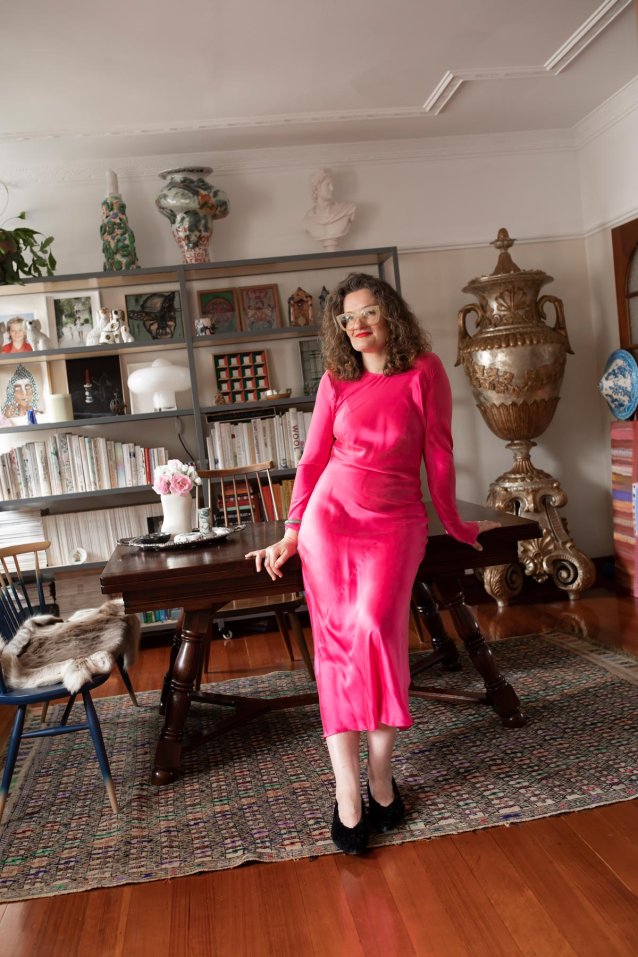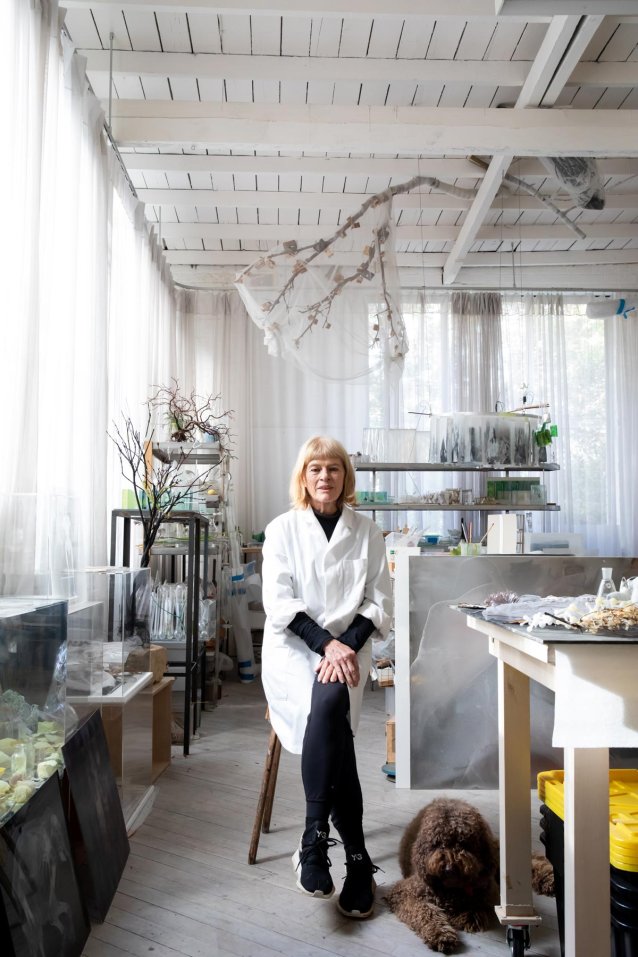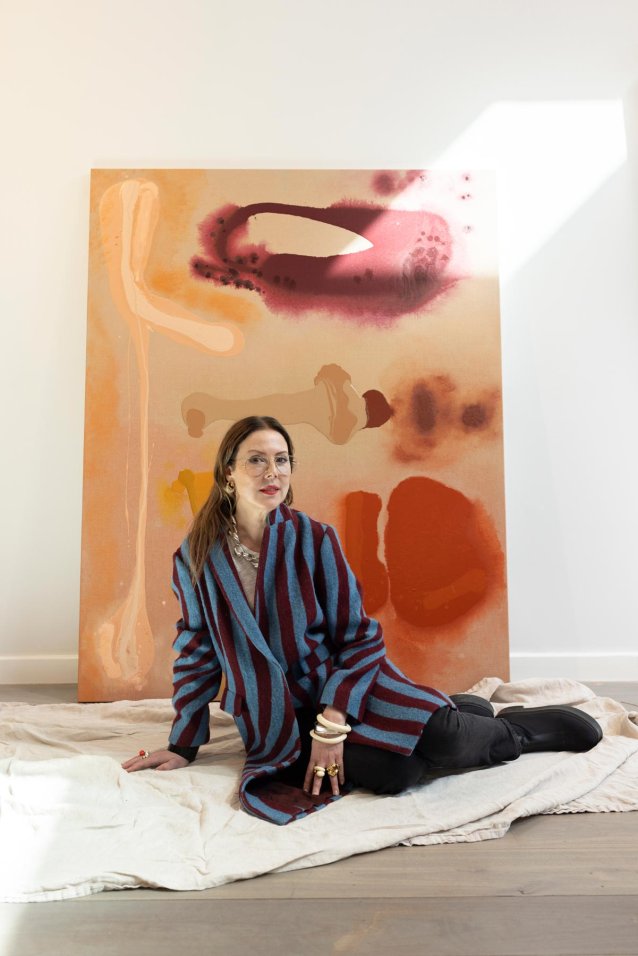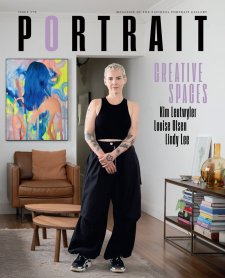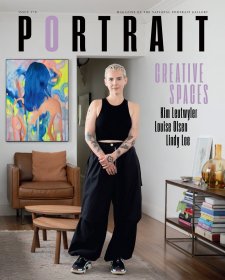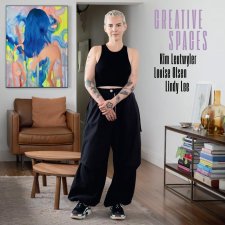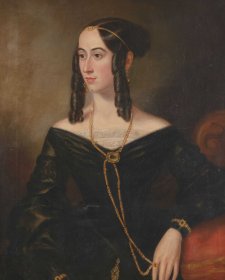‘Stories are medicine. They have such power; they do not require that we do, be, act anything – we need only to listen. The remedies for repair or reclamation of any lost psychic drive are contained in stories.’ Clarissa Pinkola Estés
When I started writing and taking photographs for my book, I was moved by a strong desire to bring together female artists who are shaping the art scene in Australia, and, on a personal level, who inspire in me a sense of wonder. Travelling around the country to visit each artist, I embarked on a quest to reveal the woman behind the art. Despite their distinct experiences, work and sources of inspiration, the artists are united in their strength, vulnerability and uncompromising artistic vision.
The artists’ portraits are a collaboration between the artist and myself; I am only adding my vision to theirs. As a collective, they bounce off one another and become the central part of a bigger story. Photographing the artists in their creative spaces allowed a more intimate exchange to take place. These locations were an integral part of the process – their sounds, smells and embedded personal imprint influenced the images in ways impossible to achieve in a studio.
The portraits were taken with available light and are unretouched and unembellished. It felt important to share their stories through an honest gaze, and for that reason, I asked each artist to wear what they felt comfortable in, there was no stylist, no hair or make-up assistant. There was no rearranging of furniture or objects. This was not about perfection, but rather the experience and how authentic it felt. I was interested in the story unfolding before me; as I disappeared into the background, observing the silent dialogue between the artist, their work and the space they inhabited.

